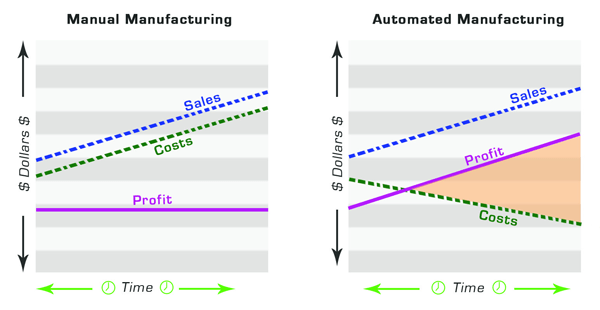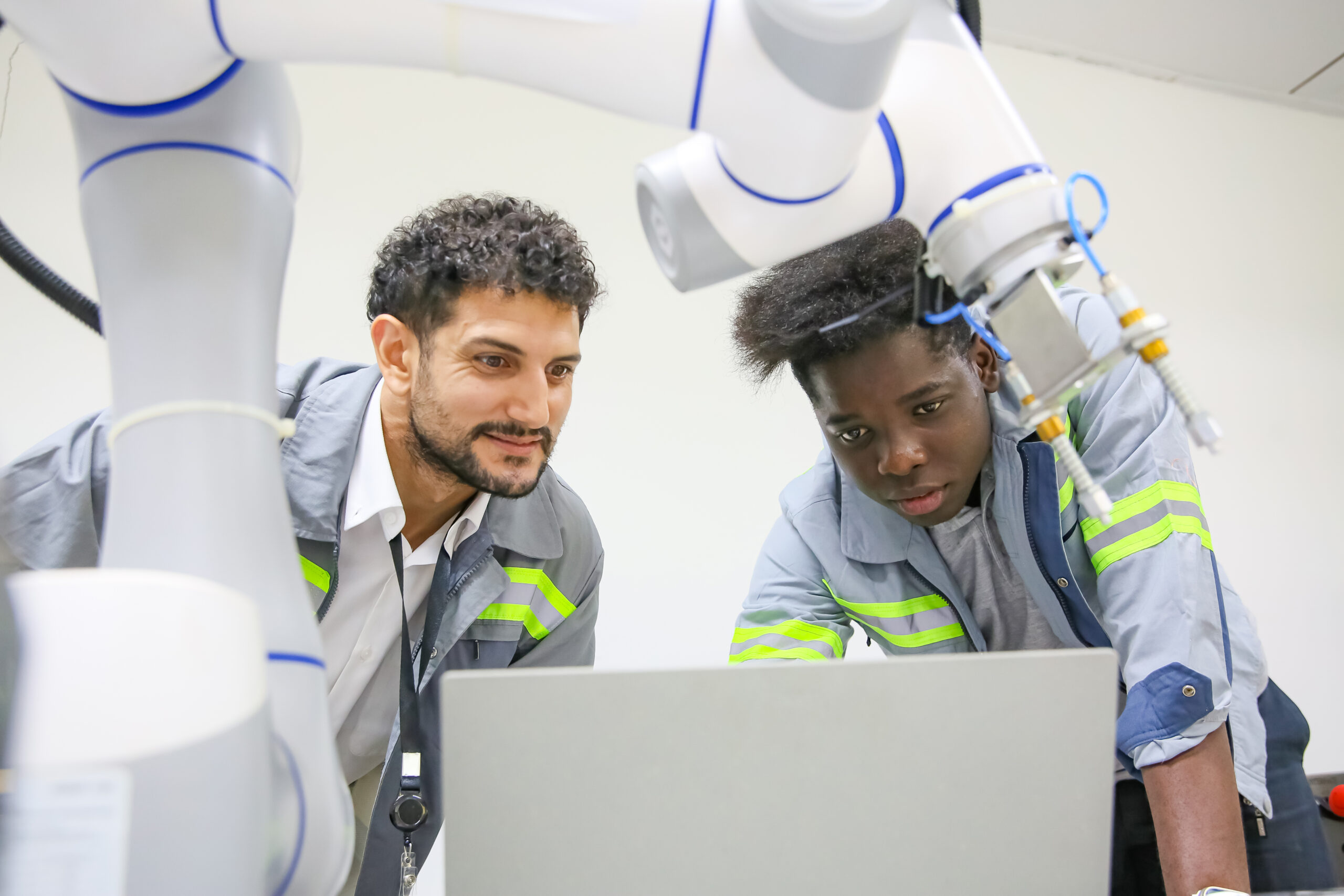Successful implementation requires careful planning, including thorough training for employees, effective integration of automation systems with existing processes, and ongoing monitoring and optimization of performance.
Machinery automation can help reduce energy consumption, minimize waste, and optimize resource utilization, leading to more sustainable and environmentally friendly manufacturing practices.
Emerging trends include the integration of robotics with machine learning and AI, the development of collaborative robots (cobots), and the use of additive manufacturing (3D printing) for on-demand production.
Successful implementation requires careful planning, including thorough training for employees, effective integration of automation systems with existing processes, and ongoing monitoring and optimization of performance.
Challenges may include initial investment costs, compatibility issues with existing infrastructure, the need for ongoing maintenance and updates, and concerns about cybersecurity and data privacy.
While machinery automation may lead to job displacement in certain areas, it also creates new opportunities for skilled workers in roles such as technicians, engineers, and programmers who are needed to design, operate, and maintain automated systems.
Predictive maintenance uses data analytics and sensors to anticipate equipment failures before they occur, reducing downtime and minimizing the need for costly emergency repairs.





